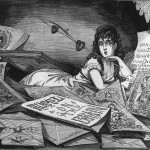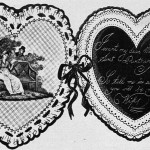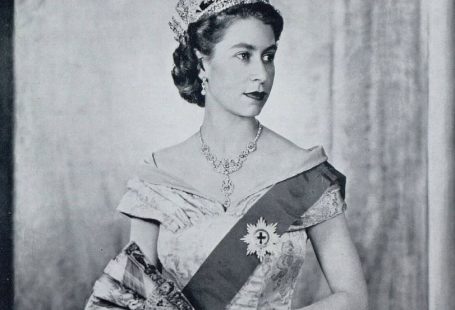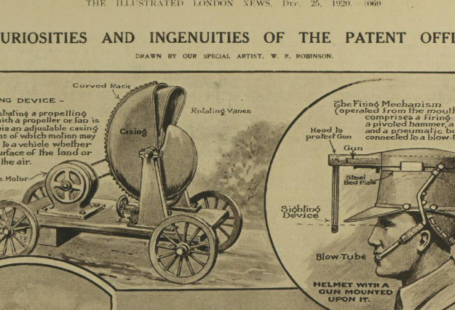As we covered in our last blog post, the traditions and opinions surrounding the celebration of Valentine’s Day have evolved and changed over the years. But as we search through three hundred years of stories in The British Newspaper Archive, we see that the day has endured as one of celebration and, occasionally, scandal.
In the newspapers, we can see a long tradition of celebrating this day, but we can also observe the emergence of a certain skepticism and cynicism regarding the holiday and its activities. An individual wrote to the Derby Mercury on 7 March 1782 noting his observance of one of the ‘many Customs useful and ridiculous which have been handed down to us from our Ancestors’: the drawing of Valentines. After describing the ritual, the author closes with a plea to the paper’s readership: ‘I confess the Meaning of all this is extremely strange to me at present, as I cannot see any Thing in it either useful or entertaining. I should therefore be greatly obliged, if any Correspondent of your’s [sic] would favour me with a Reason for this superstitious Ceremony’.

You’ll see from this article that the printed lowercase s looks like a lowercase f. This is called the long, medial, or descending s. By the early 1800s, the use of the long s had all but vanished.
Similarly, a columnist in 1791 mocked the current state of composing valentines when he wrote, ‘The labour of composing love-verses on these occasions is entirely saved to the swains of the present day, by the introduction of books which contain addresses fit for all ranks of people to send to their mistresses, with properly-adapted answers: so that a young lady no sooner receives what is termed a Valentine, than, by referring to the book, she may see what reply she ought to return: and this some lasses in Winchester can testify’.

Here is another example of the long s: the printed lowercase s looks like a lowercase f.
By the time the 20th century, the fervor and seriousness surrounding the holiday had diminished since its height in the Victorian era. The Gloucestershire Echo in 1933 noted that valentines, ‘it is to be feared, no longer cause a fluttering of maidens’ hearts, and no longer do bright eyes peer through the lace curtains to see whether the carrier is passing by or not. St. Valentine’s cards are regarded far less seriously than they used to be and, while welcomed, are treated more or less as a pleasant joke.’
However, despite this change in attitude, we can still find examples of those who held dearly the romantic significance of the holiday. For example, it became somewhat of a trend to get married on Valentine’s Day, as seen below in this article from 1939.

The holiday has not been without scandal, either. Even today, May-December relationships cause the raising of eyebrows, but even more so in 1750. The following was printed in the Derby Mercury on 15 February 1750.
Thursday one Mrs. Mann, aged upwards of sixty, who keeps a Cook and Chandler’s Shop in Shoreditch, was married to a Soldier quartered in that Neighbourhood, aged about twenty-two. Being asked by a Neighbour, how she could think of Marriage at those Years? She replied, it was Valentine’s Day, and she was resolved to be coupled. The old Gentlewoman had by her Frugality and Industry, collected upwards of 200 l. which she freely bestowed on her new Lover.

A clear example of the long s. You can see it in the first word of this excerpt where ‘Thursday’ looks like ‘Thurfday’.
Discover more eyebrow-raising news stories by registering today!






